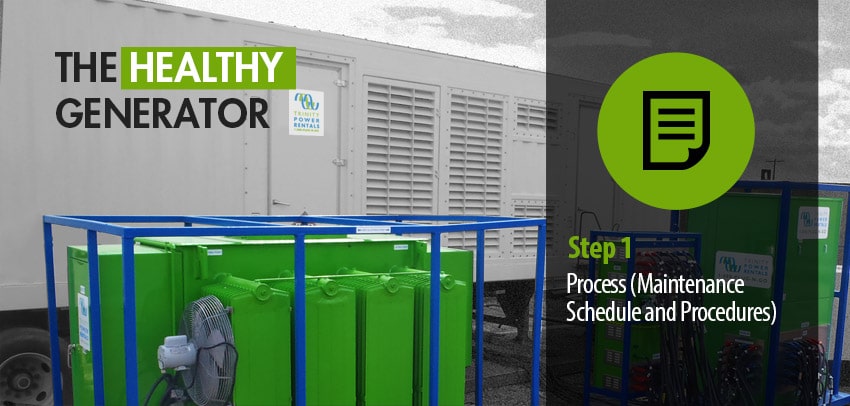- OUR APPROACH
-
COMMITTED TO YOUR SUCCESS
Our approach, developed over decades of experience, is fine-tuned to get the results you want.
We deliver concept-to-completion solutions, designed by temporary power specialists with access to the largest inventory of high-quality power generation and distribution equipment in North America.
-
- Equipment
-
RENTALS
From a wide range of diesel and natural gas generators to transformers, cable, light towers and more, our large rental fleet and extensive vendor network ensure we’ll have the temporary power equipment that your project requires — every time.

-
- Industries
-
INDUSTRIES WE SERVE
For nearly 20 years, we have been at work powering projects across Canada’s industrial sectors.
Select from this sampling of industries to learn how we can put our expertise to work for you.
VIEW ALL- Projects
- About
-
A PROUD HISTORY. A BRIGHT FUTURE.
From our inception in 1998, we have been building our team on a foundation of excellence. Our team members’ passion, expertise and commitment are what have allowed us to grow into a national company with projects across Canada.
Click on the links to learn more about our history, our team or our career opportunities.
- Blog
- Contact
-
With capital investment projects being the primary focus of senior management in the petroleum industry, the potential business impact of facility turnarounds is frequently underestimated or altogether disregarded. In 2013, the total capital expenditure in the Oil Sands, Alberta alone totalled $31 billion, while operating costs were not far behind at $24 billion[1]. Since the Oil Sands, and Alberta in general, has historically been a high-cost area with plenty of space for performance improvement, decreasing the share of operating costs, largely attributed to turnaround spending, should gain priority in the management decision-making process[2].
Both industry and location pose their individual challenges on turnaround efficiency in the region. The Oil Sands area petrochemical facilities have among the highest in complexity and largest in scope upgrade turnarounds in the entire industry. Since these are usually performed in windows of up to 60 days, the costs associated with upgrading operations may amount to tens of million dollars per day over the shutdown period. On the other hand, geography makes it difficult to attend to the logistics of such large projects and attracting skilled labour in the area is difficult due to the remote location and specific environment. These factors together make turnarounds in Alberta among the most expensive in the world[2].
Another major challenge of the turnaround process lies in planning ahead for plant shutdowns. Since planning should start at least 6 months prior to feed-out, it is easy to freeze the turnaround budget before examining the adequacy of scope. As a result, considerable work tasks are discovered and added even after the shutdown has begun, resulting in schedule and budget overruns. Due to the unique nature of the refining industry, a single day of lost opportunities due to poorly planned plant shutdown may significantly run in excess of the allocated maintenance budget. Finally, in looking to optimize both budget and schedule, some turnaround managers set unrealistic targets that are not aligned with the reality of the maintenance work being planned.
Based on these specific challenges petroleum plants face across Alberta, there are a number of strategies that can secure a timely and cost-efficient turnaround process.
- Senior management involvement – If the top management does not recognize the business impact of poorly executed maintenance shutdowns, there will always be a substantial discrepancy between budgeting and scheduling and the actual costs and work involved in a turnaround.
- Early planning – While it used to be an industry standard to start preparing for a plant shutdown 6 to 9 months in advance, recent recommendations state that a complex turnaround should take 15 to 18 months to plan effectively[2]. An early start to the planning process ensures a correct diagnosis of the necessary work, as well as procuring the necessary materials, equipment and skilled labour.
- Smooth integration across departments – Capital projects and maintenance work need to be effectively coordinated and communicated across all levels of staff involvement. When everyone is aware of the impact of their individual and team contribution to the process, both planning and execution can be optimized in the organization.
- Effective control over scope – Since determining the scope of the project is among the key drivers behind a successful turnaround, enough time should be devoted to identifying areas of work for each specific turnaround cycle to avoid late additions and changes, which always have an adverse effect on turnaround schedule and budget.
The petroleum sector is ever-expanding in the Oil Sands, Alberta and the competition among plants dictates effective handling of operational costs, including turnaround spending. A well-defined scope, actively involved management and a thorough, well-coordinated planning process have the potential to make a difference in each individual plant’s cost-effectiveness.
Sources:
1. Canadian Association of Petroleum Producers, Statistical Handbook, October 2014 2. Schroeder, Brett, and John Crager. “The Importance of Turnarounds to Business Success for the Oil Sands.” Asset Performance Canada (n.d.): n. pag.
Related Articles
Subscribe for access to exclusive content



















